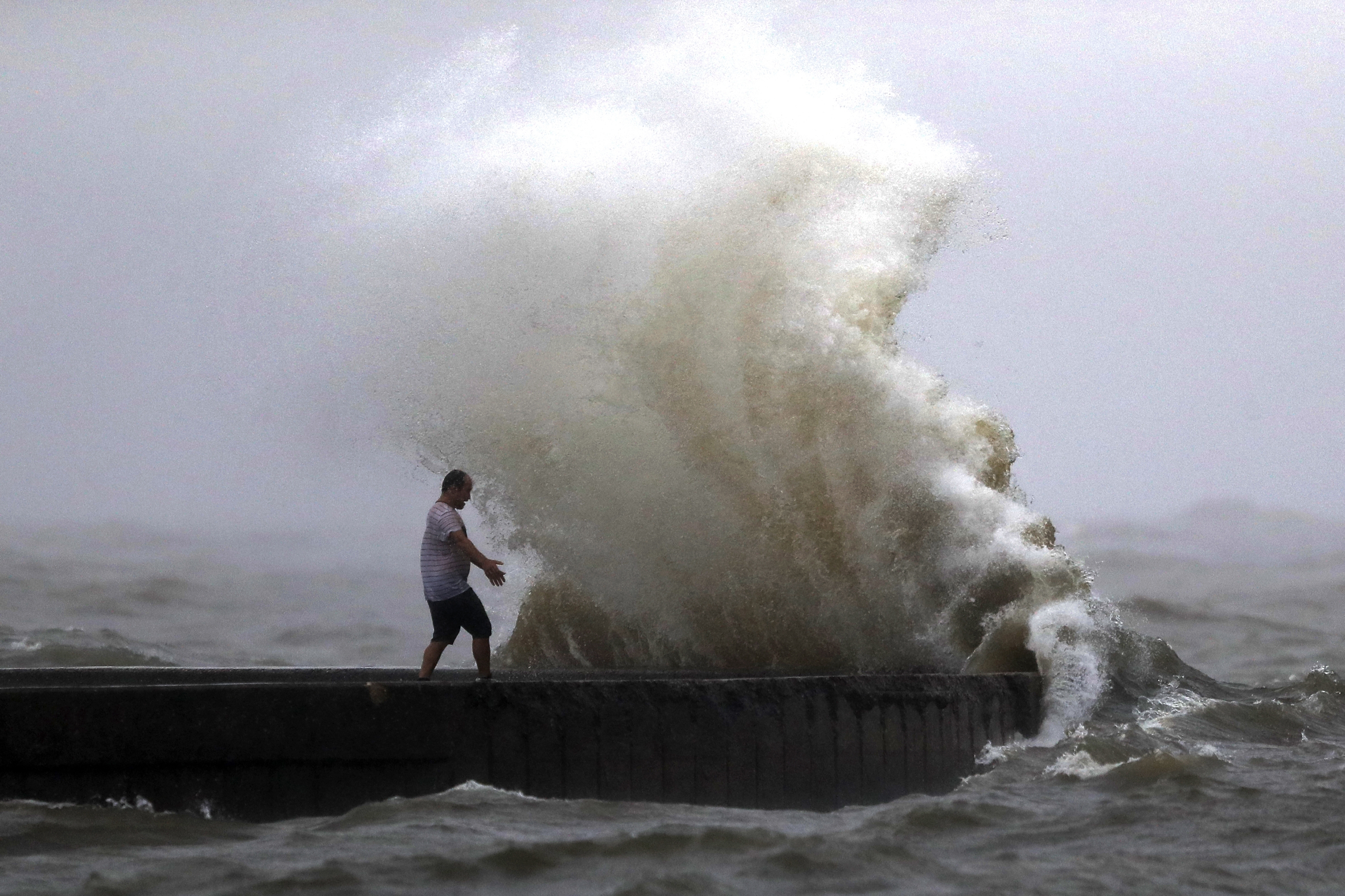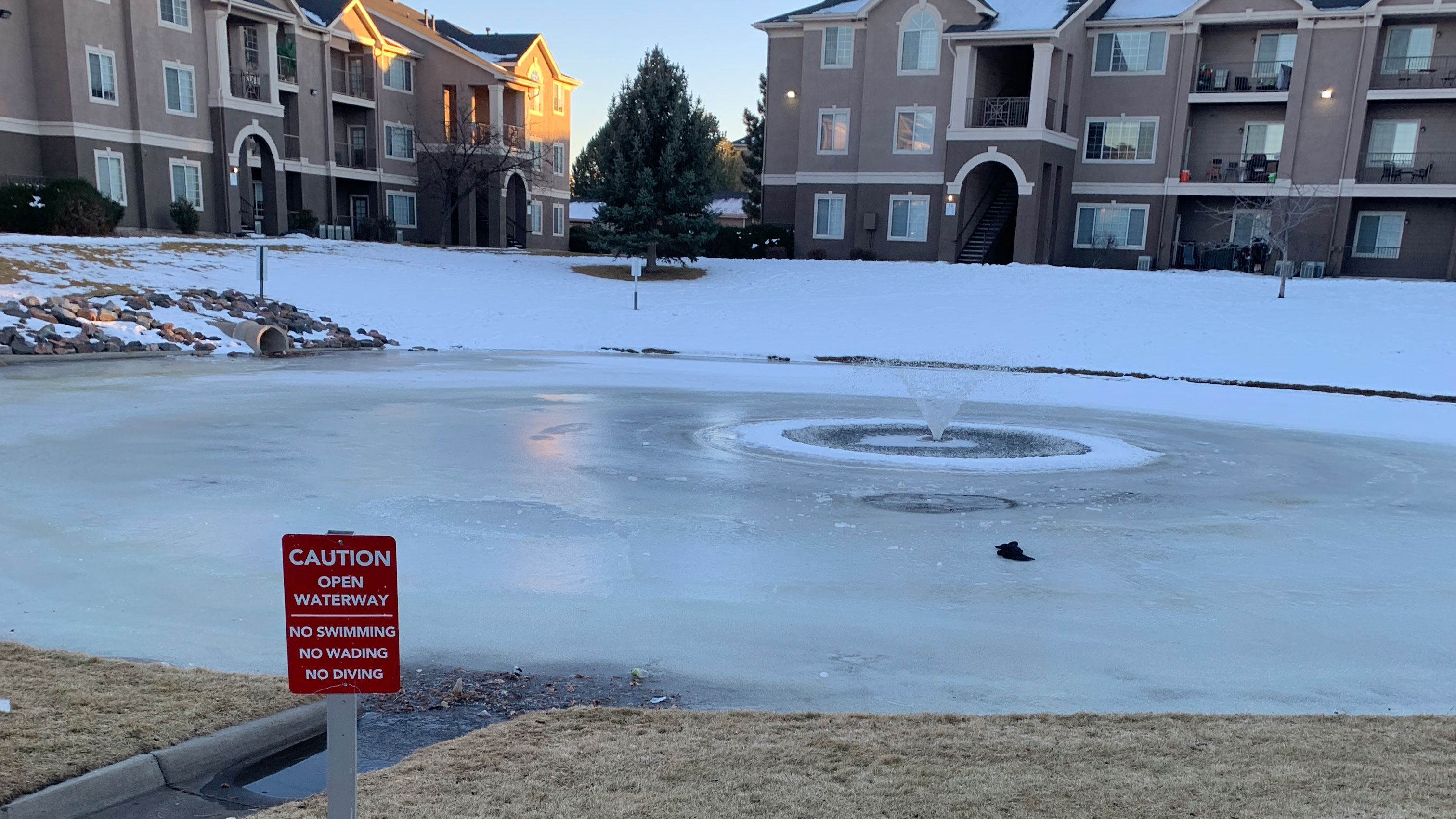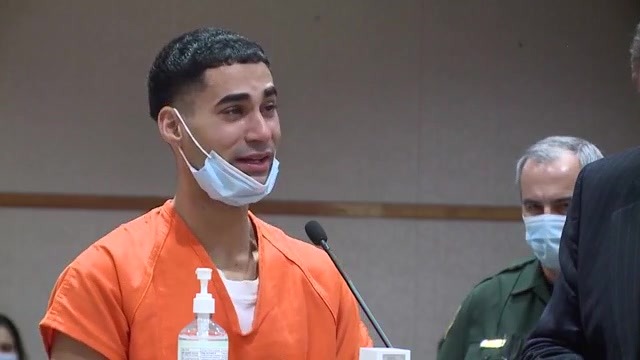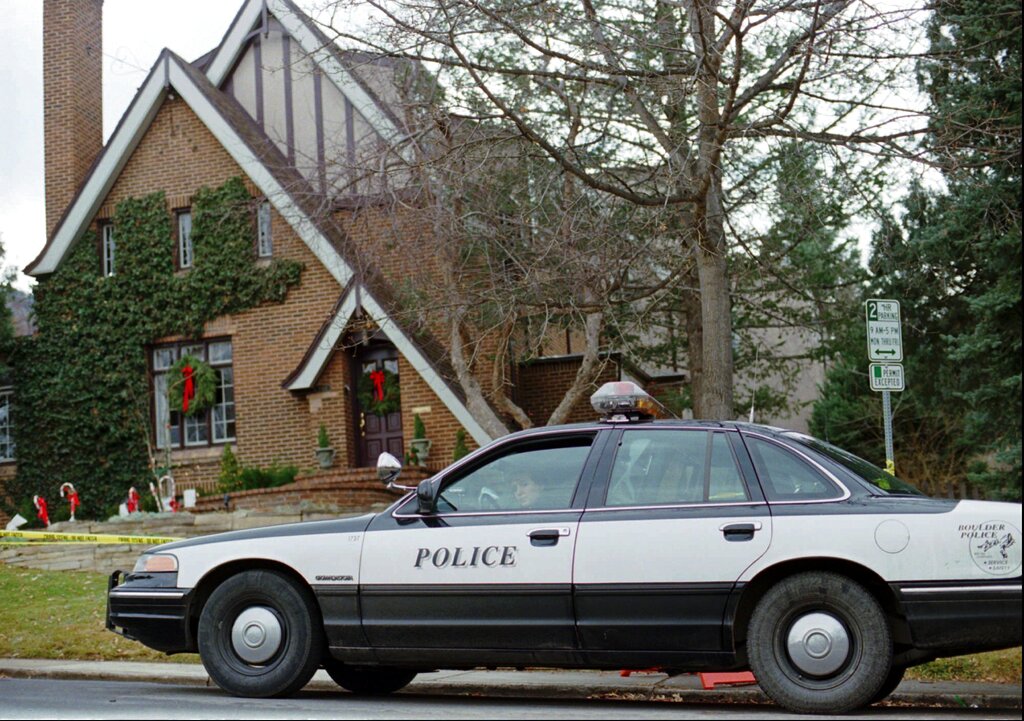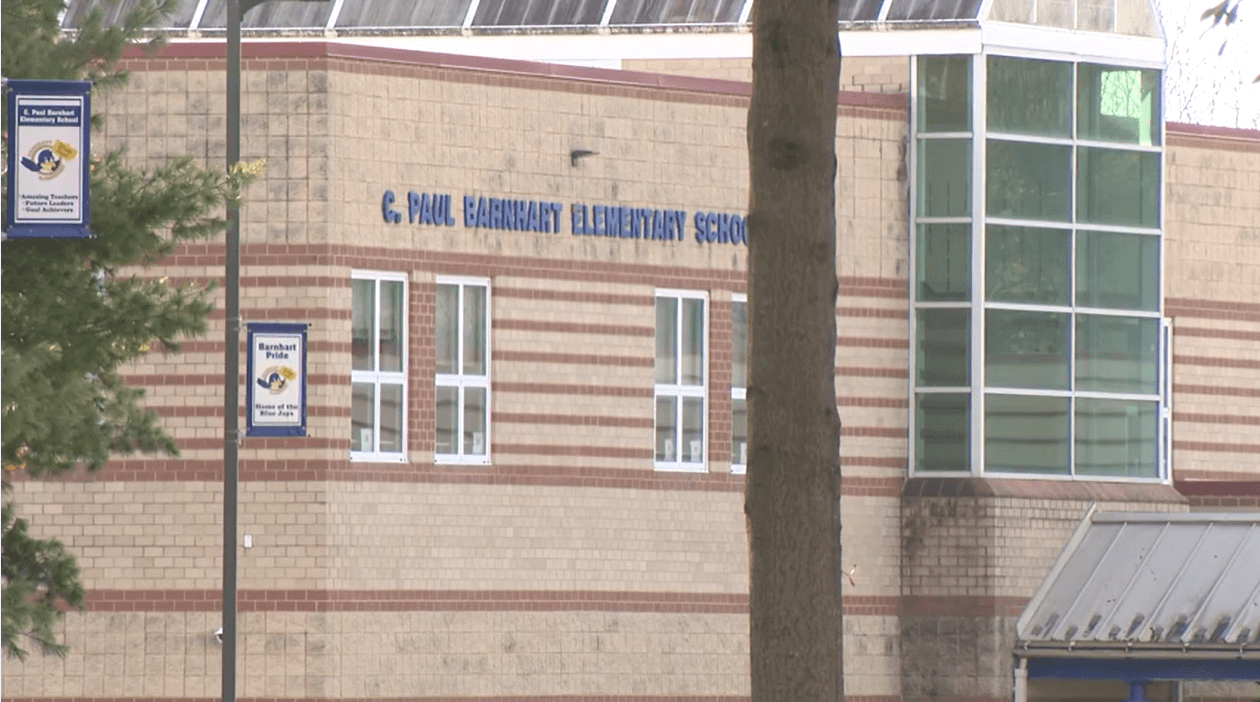(NEXSTAR) – It’s hard to blame Democratic voters for being skeptical about polling leading up to this November 3rd Presidential election between former Vice President Joe Biden and President Donald Trump. The state-level polls missed erosion in Democratic support across the supposed “blue wall” of safety in Michigan and Wisconsin in 2016, handing Trump a surprising win.
Polling methodology has changed (and theoretically improved) from four years ago, but that hasn’t removed the uncertainty about how well the final polling this year will match results, particularly in a climate of increased mail-in voting and turnout uncertainty during the COVID-19 pandemic.
Joe Biden has retained a relatively stable national polling lead for months, but several dynamics are at play that could swing polling. Here’s a brief summary:
- According to Real Clear Politics’ polling average, Biden’s lead has slightly increased over the past week, stretching to 7.1 percent lead on average as of Wednesday. This is within a consistent range for the summer, but notably, Biden now stands at over 50 percent of the potential electorate, meaning he would likely win the popular vote without adding any of the seven percent of respondents that remain undecided.
- In Virginia, Biden holds a 5-point lead over Trump, 48% to 43%, according to a survey of likely voters released today by the Wason Center for Public Policy at Christopher Newport University. Biden is also up 51%-43% among enthusiastic voters. Biden shows a 27% advantage among women (61% to 34%), 18% among voters younger voters (56%-38%), 61% among Black voters (75%-14%), and 36% among college-educated voters (66%-30%). In the state’s Senate race, Democrat Mark Warner is polling well above Republican challenger Daniel Gade among both likely voters (52% to 39%) and very likely voters (52% to 41%).

- FiveThirtyEight’s election simulator similarly shows the odds edging toward Biden this week, with 77 out of 100 possible scenarios favoring Biden in their latest modeling. Last week that number was 76.
- The New York Time’s Upshot project offers some optimism for both sides. In recent postings, NYT staff suggest a repeat of state-level polling inaccuracies in Trump’s favor at the same size as 2016 could send the president back to the Oval Office. However, the same data reveals that Biden leading in most key swing states, even suggesting Georgia and Iowa are in play for the former VP.
- Many see the death of Justice Ruth Bader Ginsburg as the most likely development to disrupt the relative stability of the polling averages. The death of the 87-year-old last week, and the resulting Supreme Court battle, will not be fully reflected for a few more weeks and a hurried confirmation fight could bring poll instability all the way up to election day.
- It’s not at all clear how the Republican push to fill the seat will move the electorate. Republicans have signaled that they believe filling the seat could energize the base and improve turnout. At the same time, the Democratic fundraising platform ActBlue has reported record donations (well over $100 million) since RBG’s death, signaling plenty of energy on the other side of the electorate.
President Trump is expected to nominate his SCOTUS pick this Saturday, setting off the formal confirmation fight and injecting a new plotline that could significantly sway the polls and perhaps even the election.

